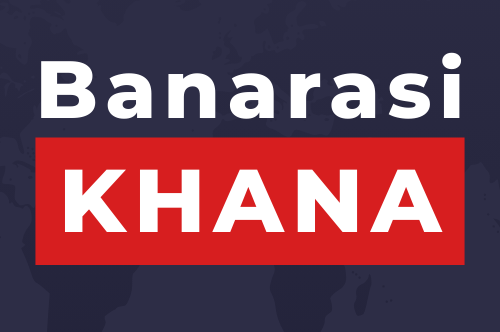GPT-3: The Next Frontier in AI Language Generation Technology
Artificial Intelligence (AI) has come a long way in recent years, with advancements in deep learning and natural language processing leading to the development of more sophisticated and capable language generation models. One such model that has been generating a lot of buzz in the AI community is GPT-3, short for Generative Pre-trained Transformer 3.
GPT-3 is the latest iteration of OpenAI’s language generation model, and it has garnered attention for its impressive capabilities in understanding and generating human-like text. With 175 billion parameters, GPT-3 is currently the largest language model ever created, giving it a tremendous amount of knowledge and contextual understanding to draw upon.
One of the key strengths of GPT-3 is its ability to generate coherent and contextually relevant text across a wide range of topics and styles. From writing essays and poetry to answering questions and even generating computer code, GPT-3 has demonstrated an impressive level of versatility and language comprehension that sets it apart from its predecessors.
But what makes GPT-3 truly remarkable is its ability to perform a wide range of natural language processing tasks without the need for task-specific training. This means that GPT-3 can adapt to new tasks and contexts with minimal additional training, making it a highly flexible and general-purpose language generation model.
The potential applications of GPT-3 are vast and varied. It could be used to improve the accuracy and efficiency of chatbots and virtual assistants, generate personalized content for marketing and advertising, assist with language translation and interpretation, and even help with creative writing and content creation.
However, with great power also comes great responsibility. As with any powerful AI tool, there are concerns about the ethical and societal implications of GPT-3. The potential for misuse, such as generating fake news or malicious content, as well as the impact on human creativity and labor markets, are important considerations that need to be addressed as the technology continues to evolve.
Despite the challenges and risks, there is no denying the potential of GPT-3 to revolutionize the way we interact with and harness the power of language. Its impressive capabilities and potential applications make it a truly exciting and game-changing advancement in AI language generation technology.
As researchers and developers continue to explore the possibilities and limitations of GPT-3, it is essential to approach its deployment and use with caution and responsibility. By doing so, we can harness the full potential of this groundbreaking technology while minimizing the associated risks and challenges. GPT-3 is indeed the next frontier in AI language generation technology, and the future looks bright for this remarkable advancement.






